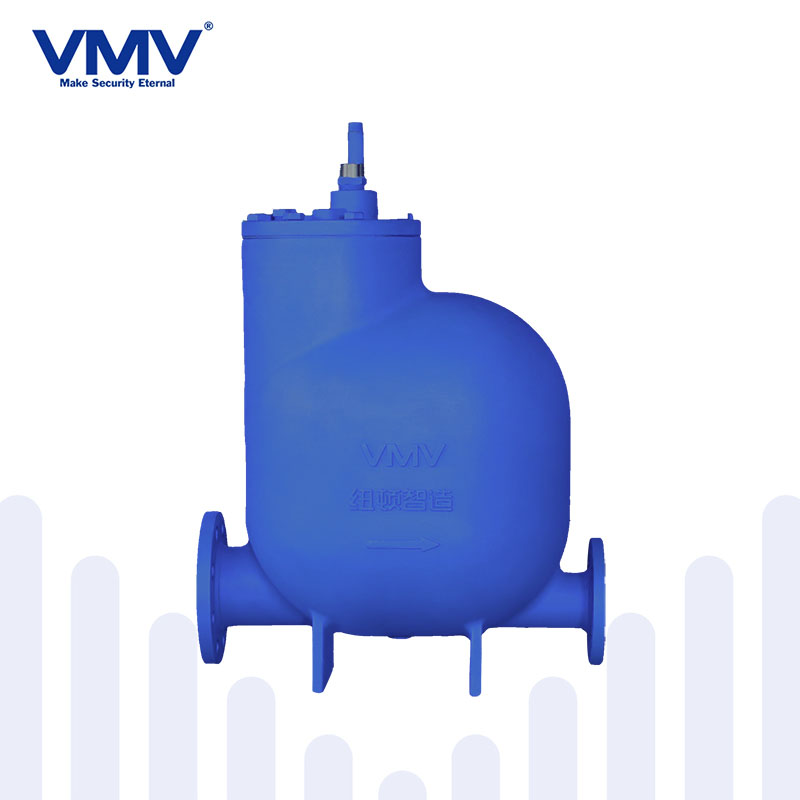The condensate recovery pump has a series of advantages such as automatic control, no cavitation, simple maintenance, no electricity, water hammer resistance, large displacement, explosion-proof, no noise, and the pressure of the power steam determines the head. It is unmatched by other electric pumps.
It is widely used in the recovery of steam condensate and the transportation of low-viscosity non-volatile liquids.
Working Principle
The pump trap has two strokes:
1.Inlet water and exhaust steam: At the beginning, the inlet check valve is opened, and the outlet check valve is closed due to high back pressure. At the beginning, the water inlet and exhaust valves in the valve are opened, and the float is in a low position. As the water level rises, the float When reaching the highest, the controller is in the state of switching zero boundary.
2.Inlet steam and drainage: the controller starts to switch at a high position and closes the exhaust valve; opens the power steam, injects steam into the valve, and pushes the condensate in the pump to the high pressure area under the push of steam pressure, then the inlet check valve Due to the high pressure inside the valve, water cannot enter. When the float reaches a low position, the controller switches to close the power steam, opens the exhaust valve, and enters the next action cycle.
Note
● It is recommended that the head height of the fluid entering is0.5m or more (the pump cover is the reference), you can refer toTake the "Correction Factor for Water Ingress Height";
● The power steam inlet is connected to RC1/2”;
● For the normal operation of the pump, the saturatedcondensate needs to be flashed or condensed.The type system must ensure the pressure difference and backpressure rate for the normal operation of the trap.
● The standard configuration of condensate inlet and outlet isHG/T20592-2009 PN16 flangeFor connection, if you need other standards such asASME16.5, JIS, etc., please specify.

How to check displacement
For example:
The power steam pressure is 6bar, the back pressure is 3bar(1bar=10m).
Step 1: find the 6bar curve of the power steam and see the red arrow pointing to the curve;
Step 2: the head is 30m, that is, the back pressure is 3bar (10m=1bar), The horizontal axis at the lower end finds 3bar and moves up to the 6bar curve to intersect (see the greenarrow)
Step 3: Shift the intersection point to the left to find the displacement value, and get the displacement of 3.5t/h.
Step 4: 3.5t/h x head height correction factor = actual displacement;









